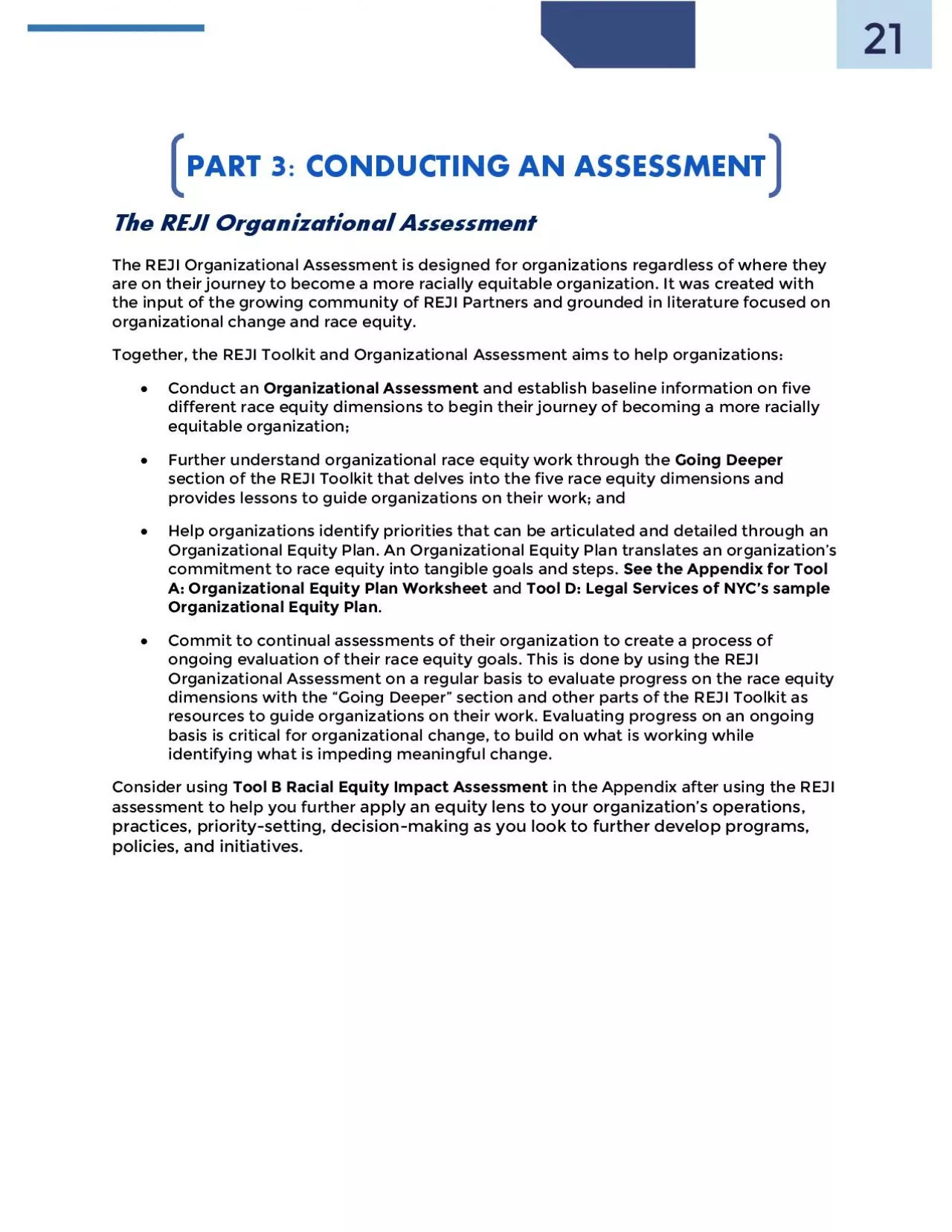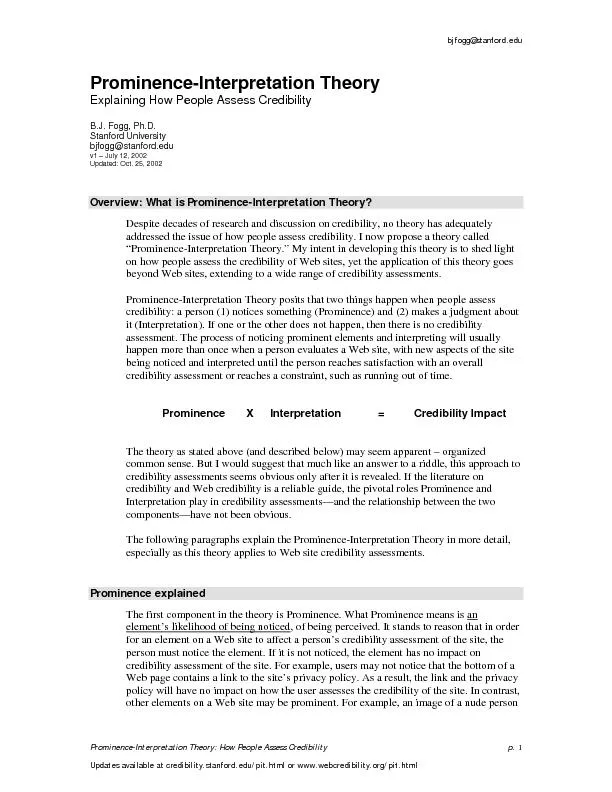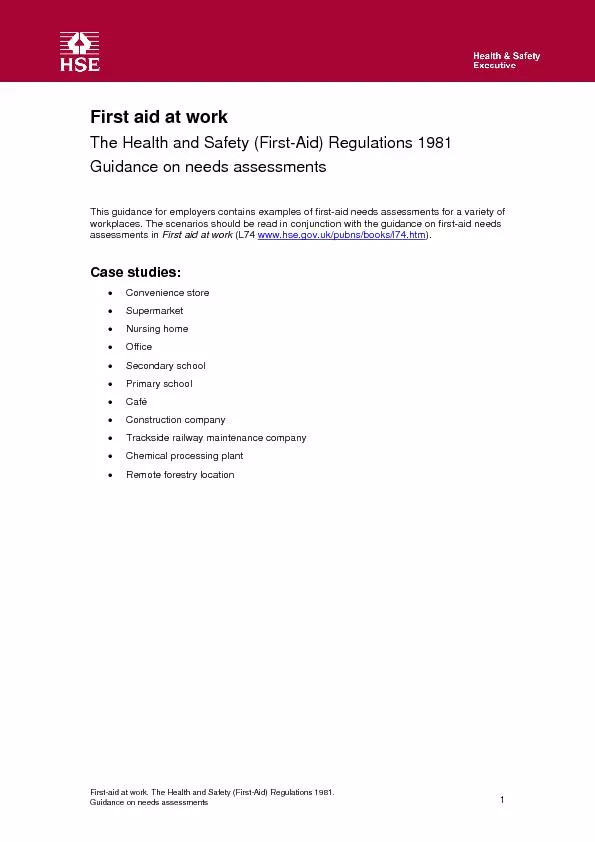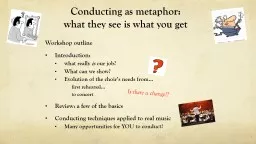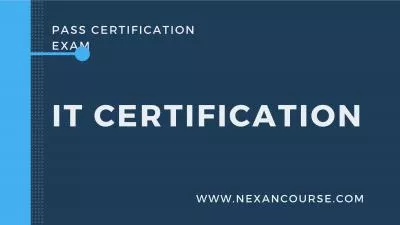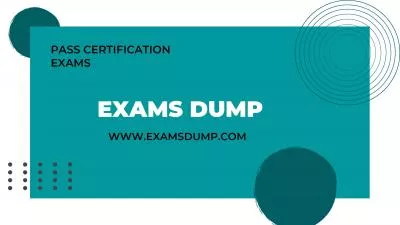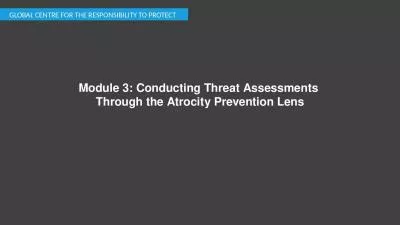PDF-CONDUCTING AN ASSES
Author : ariel | Published Date : 2021-08-10
21PART 3SMENTThe REJI Organizational AssessmentThe REJI Organizational Assessment is designed for organizations regardless of where they are on their journey to
Presentation Embed Code
Download Presentation
Download Presentation The PPT/PDF document "CONDUCTING AN ASSES" is the property of its rightful owner. Permission is granted to download and print the materials on this website for personal, non-commercial use only, and to display it on your personal computer provided you do not modify the materials and that you retain all copyright notices contained in the materials. By downloading content from our website, you accept the terms of this agreement.
CONDUCTING AN ASSES: Transcript
Download Rules Of Document
"CONDUCTING AN ASSES"The content belongs to its owner. You may download and print it for personal use, without modification, and keep all copyright notices. By downloading, you agree to these terms.
Related Documents

